A day at the Village — how L.A.’s legendary record studio cleaned up its act and survived the YouTube age
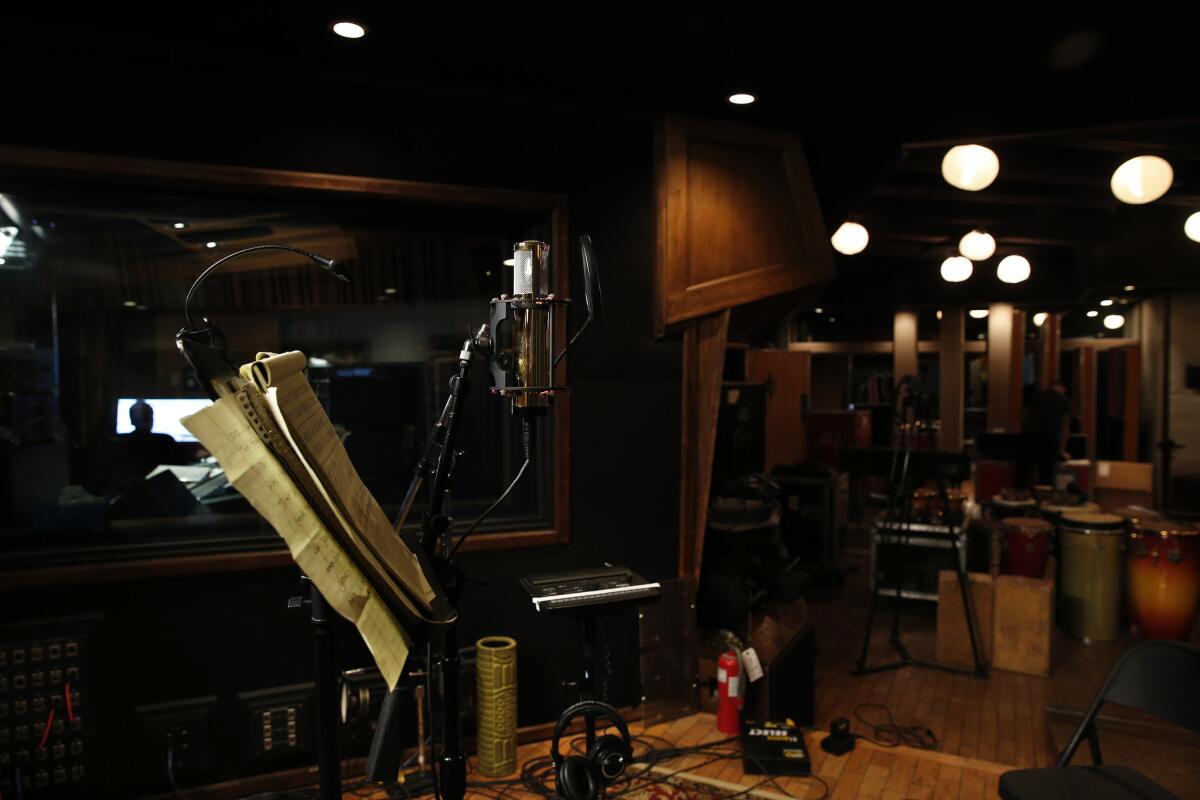
It’s more than fate that has brought Lindsey Buckingham and Christine McVie to Studio D, the recording suite inside this one-time Masonic temple. It is history.
“It’s almost eerie, you know?” Buckingham says. “Almost too familiar in a strange way… A time warp. You walk into the bathroom, the tiles are the same. Everything.”
“Stopped in time,” echoes McVie, sitting on a couch next to him.
Buckingham and McVie, together to make their first duet album after decades of Fleetwood Mac collaborations, have returned to the Village Recorder, now called Village Studios, the same place where four decades ago they made their 1979 double album “Tusk.”
Inside the studio’s wood-paneled suite, which they helped design while riding high on “Rumors” royalties, Buckingham and McVie are prepping for a vocal session. But first comes a photo shoot. Beyond the mixing board on the other side of the glass, drummer Mick Fleetwood’s imposing kit stands at the ready. McVie’s lyrics are piled on a music stand not far from Buckingham’s amp and guitar. In an isolation room is a baby grand piano.
A scrum of colleagues facilitate needs of the two longtime bandmates, Buckingham in blue jeans, a black leather jacket and flip flops, McVie in jeans, a T-shirt and a blazer.
“It feels like coming home,” she says.
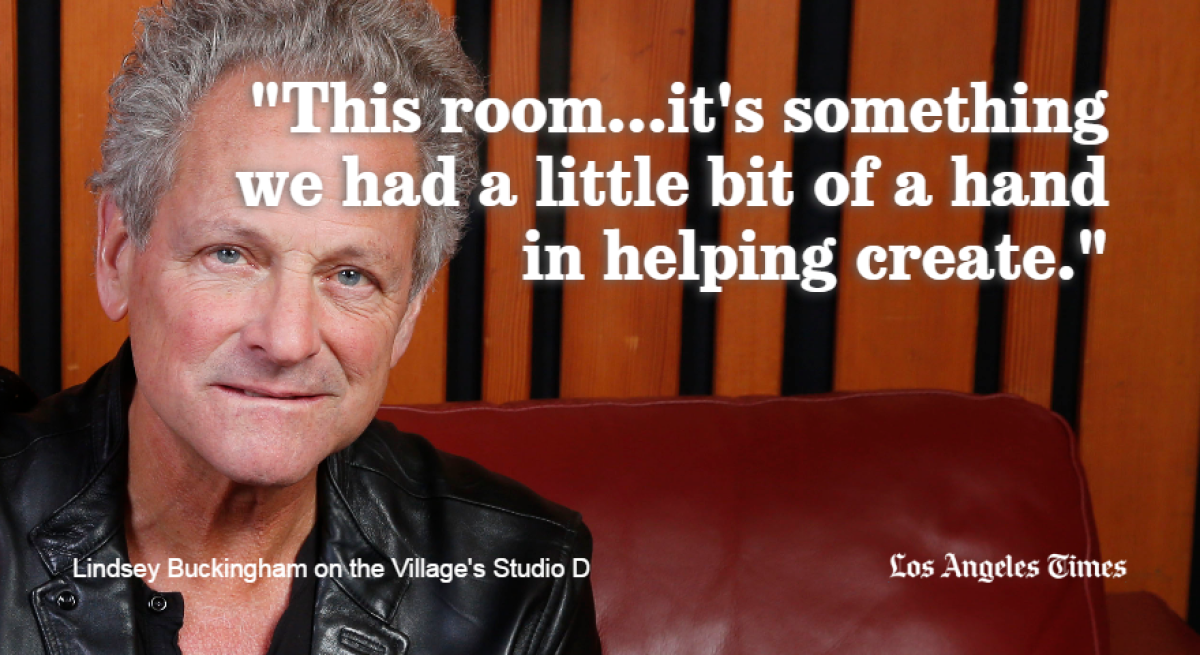
Reaching to touch Buckingham’s arm, McVie explains the circumstances that led her to write songs for the album that’s brought them back to the Village. “When I bumped into Mick and you guys,” she says, “I thought, ‘Yeah, let’s see what I could cough up.’ ”
She sent him some demos and, combined with material Buckingham had been working on with other members of Fleetwood Mac, decided to return to Studio D.
Buckingham smiles. “Not only is this room sort of a home away from home because of the history,” he says, “it's also something we had a little bit of a hand in helping to create.”
“Tusk” devotees know that across a year of work, Fleetwood Mac made Studio D its clubhouse during the album’s extended, expensive and drug-fueled gestation.
That Buckingham and McVie have come back to the Village has a certain symmetry — it connects the band’s and the facility’s wild past and its gussied-up present.
In an adjoining room, the Village’s owner, Jeff Greenberg, is making sure everyone is comfortable. Fleetwood Mac may have made history here, but Greenberg saved the Village, and he knows how much has changed in the recording studio industry since “Tusk."
Pop and hip-hop producers now make beats using laptops and headphones. Would-be bedroom pop stars can turn YouTube-quality tracks into viral hits.
By contrast, the imposing brick building, constructed in 1922 as a Masonic temple, later the West Coast headquarters of Maharishi Mahesh Yogi’s meditation empire, is a wonder of permanence.
Within these walls, so much enduring music has been put to tape, a lot of it celebrated through gold records on the walls of its many hallways. The space seems to hum with history.
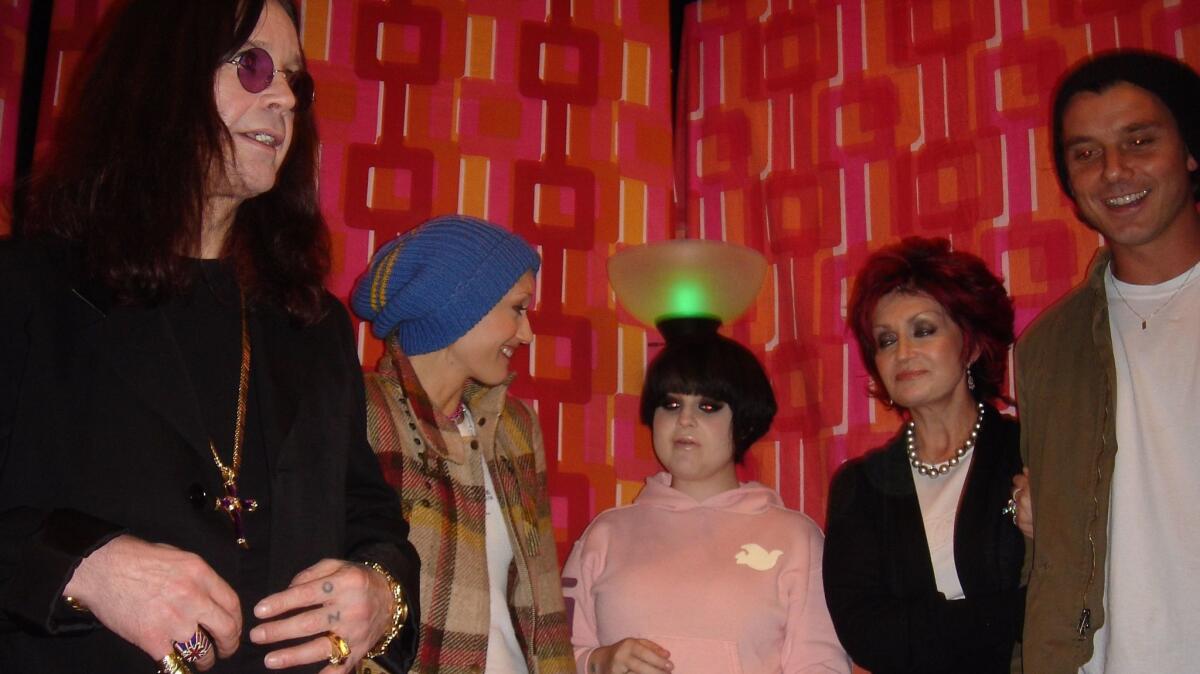
Bob Dylan’s “Forever Young,” Heart’s “Barracuda,” Aaliyah’s “Are You That Somebody” and much of Steely Dan’s classics were recorded or mixed here. The Smashing Pumpkins’ Billy Corgan holed up at the Village to build “Mellon Collie and the Infinite Sadness.” Both the Red Hot Chili Peppers’ “Californication” and the music for Showtime’s David Duchovny TV series of the same name were made at the studio.
Few of the millions of commuters zipping by on the 405 a few blocks to the east know that the film scores for “Toy Story,” “Cars” and “WALL-E” were set to tape (or hard drive) here.
Soundtracks for Whitney Houston’s “The Bodyguard,” “Dirty Dancing,” “Moulin Rouge” and many more moved through these mixing boards. T Bone Burnett regularly uses the place, doing the scores for “O Brother, Where Art Thou?” and “Crazy Heart” here. The Band and Martin Scorsese worked on “The Last Waltz” under this roof.
Thinking about tomorrow
But the Village doesn’t only look back. On this December day, the place is buzzing with creativity.
In Studio F, actor and comedian
A team of pop songwriters — Nate Campany, Nico Hartikainen and Georgia Ku — brainstorms during a writing session in Studio B — the same spot where Supertramp did “Breakfast in America.” Among the young writers’ individual credits are composing tracks for pop stars including Justin Bieber, Carly Rae Jepsen and Tove Lo.
Hotshot session bassist Tal Wilkenfeld, who has worked with artists including Prince, Chick Corea and Herbie Hancock, is recording her own songs down the hall in another of the facility’s four studios.
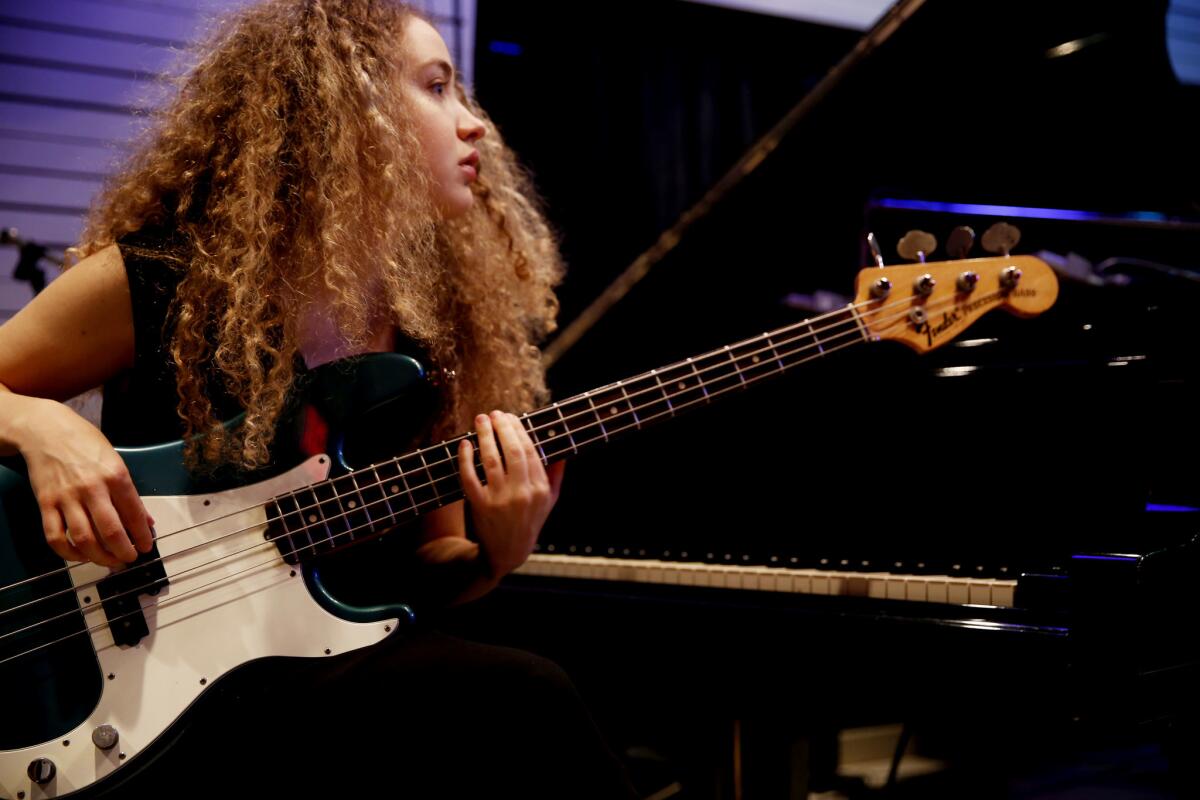
The Village can handle up to nine simultaneous sessions and regularly hosts private concerts, listening sessions and live events for KCRW-FM (89.9) and Spotify.
Owner Greenberg, whose striking mane of gray-brown hair would make men half his age envious, treats those making music within his 25,000-square-foot domain with the grace of a violinist cradling a Stradivarius.
Peeking his head in, at first like a high-school principal, Greenberg enters the studio where Marin is at work and then comments with mock outrage, “I just want to say one thing: Of all the people on Earth, this guy has not been in the
Marin laughs, echoing the outrage. He and comedy partner Tommy Chong recorded at least one of their classic albums at the Village back in the day — “Do you know which ones?” Marin asks. “I can’t remember, because it’s all a blur.”
Calling the process of recording his audiobook “tedious,” Marin nevertheless hopes to engage potential listeners: “I picture somebody listening to it while traveling in a car from here to Denver. You want to entrance them into the story, so there’s a lot of acting out.”
Continuing his tour of the studios he’s spent the last two decades roaming and renovating, Greenberg walks into a room and says, “This is the piano Tom Newman did ‘Shawshank’ on.”
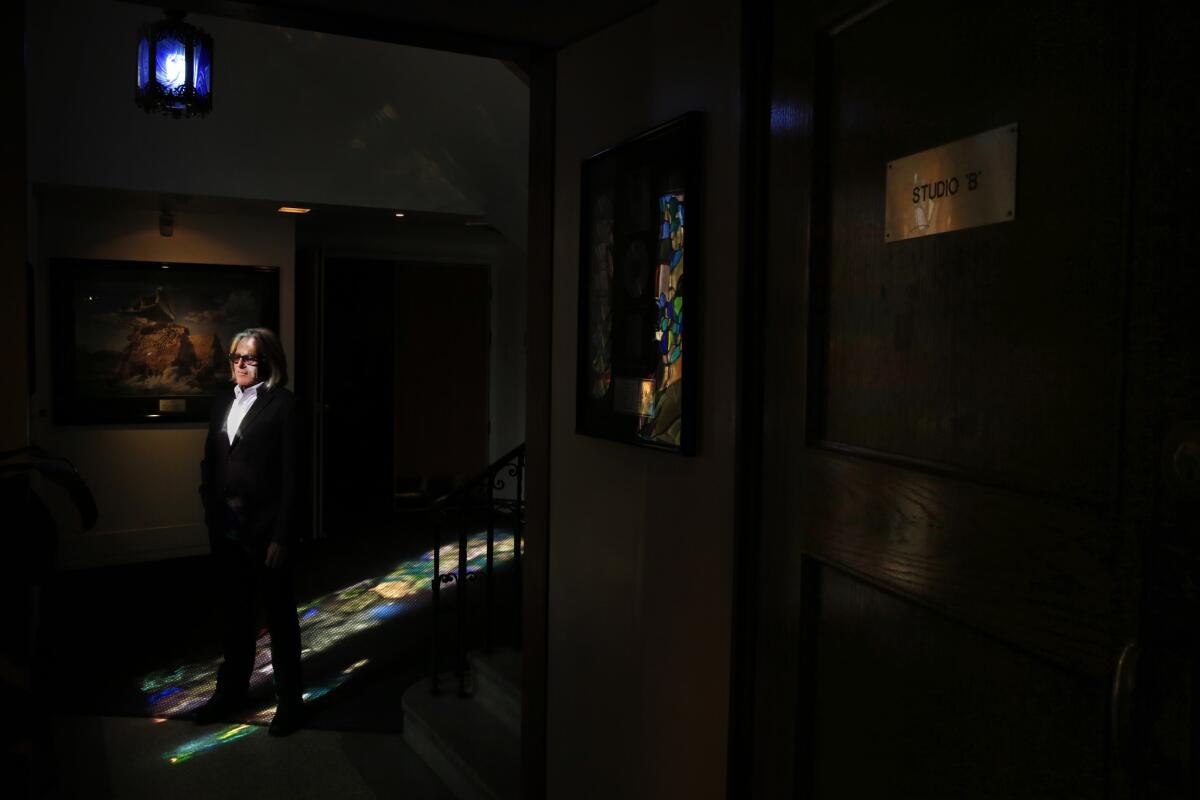
A whirlwind of a man who bought the place in 1995 after working as Rick Springfield’s agent at ICM, helping to launch skateboarding as a professional sport and booking and promoting the Greek Theatre under Nederlander Concerts, Greenberg has revitalized the Village.
The man can spin yarns all day about growing up in Los Angeles, casually dropping in a stories about the guy who produced Evel Knievel’s Snake River Canyon jump or being dressed down by Ann-Margret for misidentifying her as Ann.
“My staff has a trick. Just touch your finger to your nose and I’ll shut up,” he advises at one point.
The Village Recorder was a dump when Greenberg assumed control, he says. “There was garbage floor to ceiling on the second and third floor.”
The gold records, however, told a different story. “I saw Supertramp, ‘Breakfast in America’ on the wall and I said, ‘OK, let’s give it a shot.’”
Greenberg, in partnership with Grammy-winning sound engineer-partner Al Schmitt (Miles Davis, Barbra Streisand, Frank Sinatra, Sam Cooke), cleaned out the garbage, filled it with gear and renamed it the Village Studios.
Their timing wasn’t great. In the mid-1990s, the studio business was shifting away from massive complexes as less expensive multi-track home recording upended the business.
‘Sex on the roof’
Greenberg believes the reason the Village has succeeded is simple: “Professionals like being around other professionals.”
Guitarist and songwriter John Mayer keeps a studio on the second floor, one of the most successful of a community of musicians who regularly book time at the Village. The Band’s Robbie Robertson has worked on and off at the Village since the 1970s, and Studio Ed is home to Grammy-winning producer and engineer Ed Cherney.
At their service are a few dozen engineers and gofers, many of them young musicians Greenberg has hired through a relationship with the Berklee College of Music.
On the third floor, in a former musical instrument storage space once occupied by, among others, Jimmy Jam and Terry Lewis, pop songwriter Noel Zancanella is meeting with a few would-be collaborators. When Danny Elfman rented the space, he renamed it Muerte Surgical Instruments.
Zancanella, whose homey suite feels like a secret clubhouse, started as a Village coffee boy under Greenberg. He rose to assistant engineer, struck out on his own and has since co-written or co-produced hits for Taylor Swift, OneRepublic and Maroon 5.
After his success, Zancanella debated building a home studio at his place in Venice. He opted for the Village instead.
“It's just a whole different vibe,” he says, relaxing on his couch. “It's so much more epic, and people really take it seriously.” The bonus: “You just know that you're going to probably run into somebody weird.”
“I’ve had sex on the roof,” former Sex Pistol Steve Jones says matter-of-factly a few hours later in the Village kitchen, waiting for take-out soup to arrive before an audiobook session for “Lonely Boy: Tales From a Sex Pistol.”
When he was recording his album “Mercy” at the Village in the late 1980s, Jones says he ended up in a 20-minute conversation with George Harrison. Jones’ takeaway? “He was a nice dude.”
“There’s something about these Masonic places,” Jones says. “I think they leave a spirit behind.”
The space’s rise is due in no small part to Village Recorder founder George “Geordie” Hormel. He bought the building in 1969 while the Maharishi was still holding meditation sessions there.
A pianist and studio technician, Hormel in the 1950s led a Hollywood musical trio backing entertainer Pat Collins, who was known as the “Hip Hypnotist,” while writing songs that were used in hit TV shows, including “Leave It to Beaver,” “Rin Tin Tin” and “Lassie.”
Not that he needed the money. Hormel, who was briefly married to actress Leslie Caron (“An American in Paris,” “Gigi”), bought the building in 1969 with funding from his family’s fortune as owners of Hormel Meats and its moneymaking Spam division.
With big ideas and much gusto, Hormel had impeccable timing. Naming it the Village Recorder, he equipped the spot with high-tech gear as major labels were booking the kind of big-budget projects required of post-Beatles studio bands. “Tusk” is said to have cost more than $1 million to make — about $4 million in 2016 dollars.
Equally important, unlike the professorial Capitol Studios in Hollywood, where engineers dressed up for work, the Village Recorder under Hormel turned a blind eye to the various drug-fueled excesses of the time.
That the facility survived the 1970s and ’80s — long before Greenberg had anything to do with the place — without an indictment is as notable as it is unlikely.
Timeline Continuum Device
“He had a bookcase that would turn around, and on the other side would be all these drugs and stuff,” recalls his nephew Smokey Hormel, who learned about the rock-star life as a teen visiting the studio. He’s now a session guitarist best known for his work with Beck, Johnny Cash and Adele.
Asked about the secret hideaway, Greenberg confirms its existence: “A button would push and a wall of mirrors would rotate around, and there was a passageway into a small bedroom.” In the bedroom? A hatch to a ladder that led to a secret exit.
“It was well done,” Greenberg says. “Never in a million years would I have found it, I must say.”
Speaking from his current home in New York, Hormel recalls going to the studio once with his dad — Geordie’s brother Thomas: “Steely Dan was in there recording, and we walked by another open studio and Sly Stone was in there waving a gun around and totally berating his — I guess it was his roadies — because someone had stolen his drugs. He was having a complete meltdown.”
In fact, Hormel said he thinks cocaine helped fuel the Village Recorder during the debauched 1970s — and ruined it as addiction took hold.
Specifically, he recalled that the Village had in its instrumental arsenal a piece dubbed the Timeline Continuum Device. Those in need of marching powder need only request daily rental of the instrument, a budget-evading means of making record labels foot the bill. The Village still has the device, Greenberg says, but no longer rents it out.
Smokey Hormel ceased going to the Village in the late 1980s, a decade after “Tusk.”
“That place had a lot of dark energy,” he says. By then, his Uncle Geordie had moved to Phoenix. The studio languished.
Hormel says he returned for a recording session after Greenberg and Schmitt rehabbed it, and he couldn’t believe the transformation.
“They must have gotten a bunch of shamans in there to really chase the evil spirits out, because that place now has a completely different feeling.”
Decades later, sitting in Studio D, Buckingham and McVie no longer require use of the Continuum Device.
Their new project started after McVie returned from a solitary period spent, she says, “being a retired lady and being busy walking my dogs.” After overcoming a fear of flying that had kept her from traveling, she visited Mick Fleetwood in Maui and played a few songs with him.
“The seed was kind of sown,” she says, “and I thought, ‘I wonder, could I do this again? And would my heart really to be in it?’ ”
Looking at Buckingham, she says, “And, you know, a better thing’s never happened to me. I've reconnected with the band and found a fantastic person to write with. We've always written well together, Lindsey and I, and this has just spiraled into something really amazing that we've done between us.”
They’re nearly done with the album they’re calling “Buckingham McVie.”
As they prepare for an afternoon session, Buckingham says, “we've all lost a few brain cells since those days.” But the space itself hasn’t changed, even if under Greenberg’s guidance, like Buckingham and McVie themselves, the Village long ago got clean.
Its survival matters, says mixing engineer Cherney, who was relaxing outside the Village with Greenberg in a couple of chairs near the valet station.
A three-time Grammy winner who has worked on albums by artists including Bonnie Raitt, the Rolling Stones, Willie Nelson and Etta James, Cherney had a front-row seat when, virtually overnight, the big recording studios found themselves competing with backyard outfits built in converted Calabasas garages.
At the time, Cherney’s wife, an executive at the Record Plant, urged him to follow suit.
But he didn’t want his own studio.
“I loved working at the Record Plant, Ocean Way and Capitol,” Cherney says. “That was the greatest part of the job, being with a bunch of the greatest cats in the world, with five, six, seven, eight people in a room and making music. Not songs written by a committee. But somebody with a vision.”
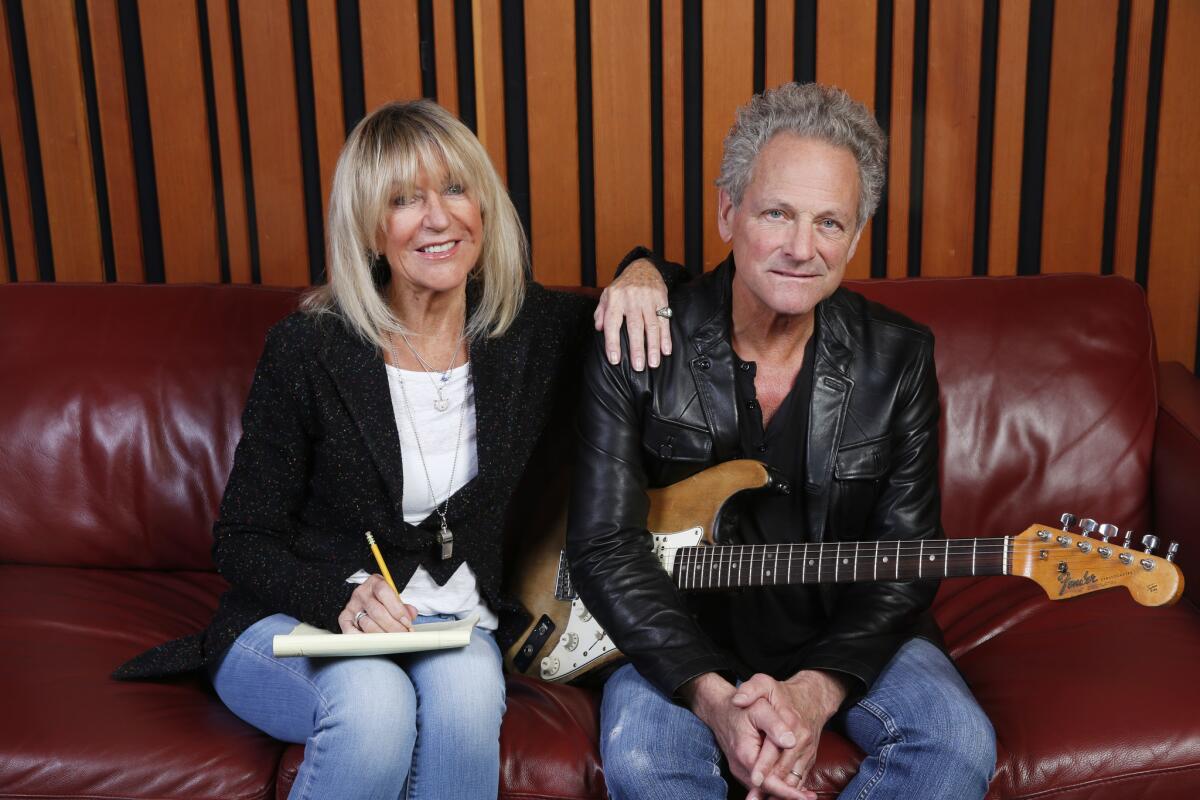
For tips, records, snapshots and stories on Los Angeles music culture, follow Randall Roberts on Twitter and Instagram: @liledit
The biggest entertainment stories
Get our big stories about Hollywood, film, television, music, arts, culture and more right in your inbox as soon as they publish.
You may occasionally receive promotional content from the Los Angeles Times.







